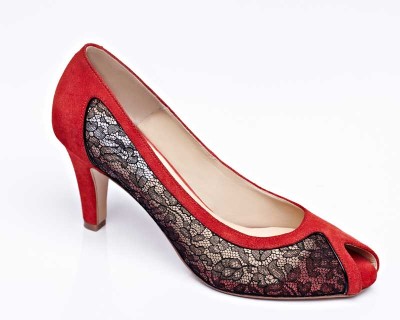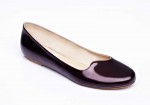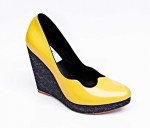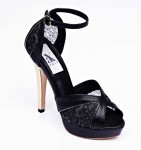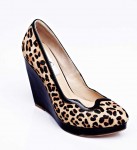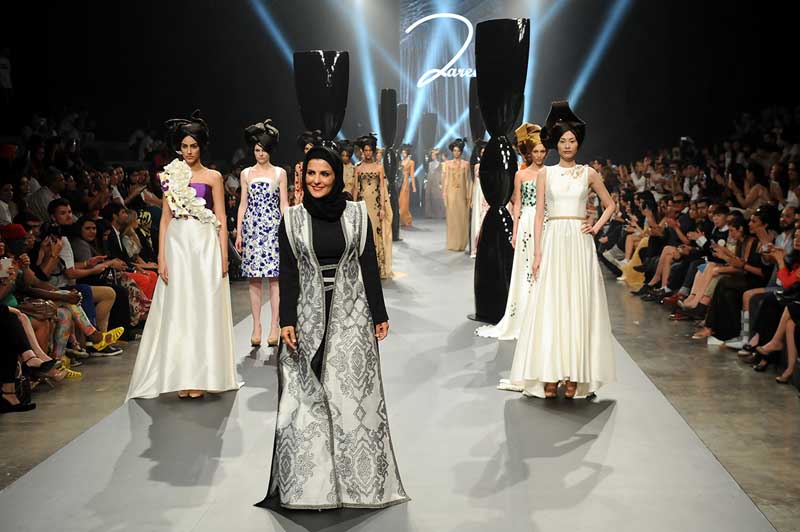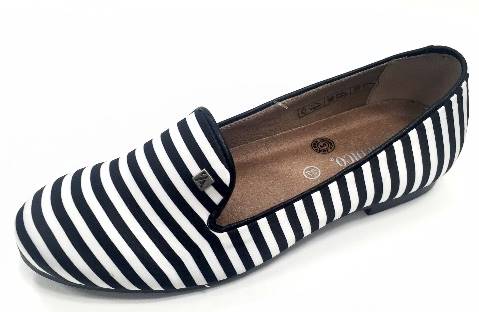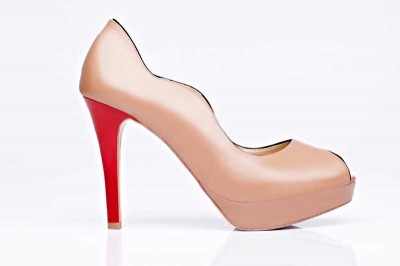 XALF’s intimate bespoke process
XALF’s intimate bespoke process
As with many other changes in trends, the technique of crafting a bespoke shoe became popular because of ostentatious circumstances – the need to standout from run-of-the-mill offerings made it expedient that only the finest raw materials be used even before the design process.
Design
The spirit of designing a shoe is, at its most basic, the melding of technical know-how with a flourish of creativity. The client is then consulted to gather their requirements for the shoe. As strange as it may seem today, the original aim of a sketch is to distil the designer’s imagination into its most simplified form. Eventually, the focus is thrown onto the genesis and beauty of its construction – especially in the case of highly conceptualized renderings.
In defining the pattern, the pattern template is hollowed out to obtain the individual pieces needed for the entire framework – hence the name of the technique. In order to accomplish this, sections of upper is drafted into the material – it maybe leather, suede, patent leather and even calfskin. Similarly, other components such as the midsole, outsole and insole are obtained like jigsaw pieces that are prepared for eventual assembly.
Fitting
Once the selected materials are determined, a fitting process is undertaken to confirm the suitability of the materials. There is a distinction to be made between the preference of a client with regards to raw materials and its assimilation with the entirety – some may confuse the two initially, given that the end goal is to showcase the shoe in its full splendour. A careful consultation with the client mediates such discrepancies.
Cutting
 One of the most challenging aspects of customising a shoe is maintaining essential precision whilst cutting the raw material. Everything else being equal, an intricate pattern cutting retains the integrity of the raw material, and the same holds true for every generous dissection of material swatches. A shoe only works if the integration of its components is coherent to each other – or, at the very least, if the degrees of freedom are accounted for.
One of the most challenging aspects of customising a shoe is maintaining essential precision whilst cutting the raw material. Everything else being equal, an intricate pattern cutting retains the integrity of the raw material, and the same holds true for every generous dissection of material swatches. A shoe only works if the integration of its components is coherent to each other – or, at the very least, if the degrees of freedom are accounted for.
Sewing
The upper of the shoe is what gives the shoe its panache; they define the interaction of aesthetics within the shoe. If the upper is overtly flashy, the entire shoe steals the limelight away from its wearer – and in some cases becoming completely overpowering. If they are too subdued, the wearer’s personality is concealed. Herein lies the discerning will be able to determine the sublime craftsmanship that goes into composing the upper with needle and thread and machine when the need arises: it is – in a few words – the pinnacle artisanal mastery
Stock Fitting
A single sole, depending on how it has been constructed, can either be flimsy or sturdy; it all depends on how the materials have been overlaid to emphasise comfort and ease of entry. A composite of the sole (from outsole, midsole and the padded insole) is therefore the product of a craftsman who wields the knowledge of how cosmopolitan move in their footwear.
Lasting
In attaching the upper to the sole, a last is moulded in an ethereally customised configuration of its wearer. With the last, the upper and sole are sandwiched with clear parameters to showcase the desired shape of the shoe – something which cannot be accomplished by machine.
Heeling
Although it is devoid of bells-and-whistles, the heel is where the stark beauty of its wearer is conveyed. The combination of physics and ergonomics speak to the roots of a lifted posture of a woman that brings a resolutely sophisticated outlook to the wearer.
Finishing
The edges are then smoothed down, refined and polished to create the delicate final touches to the end product. Excess materials are trimmed away and the shoe are accessorised to look exactly like that envisioned by the client. Although the work may seem to be purely decorative and far removed from the essence of shoe-making, nothing could be further from the truth.
